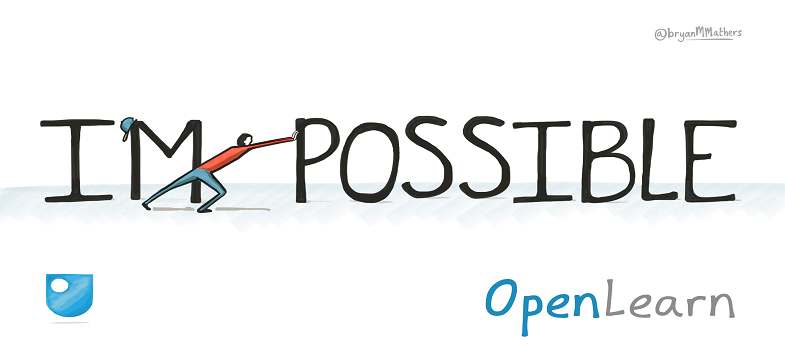5.5 Best practice for writing an online course
Below are some general tips on best practice for writing an online course. We are fortunate at OpenLearn to receive a considerable amount of feedback from learners, from which we have been able to ascertain what makes an online course successful.
- Clear structure/learning journey through the materials. Good use of headings to indicate the structure.
- Clear and enticing introductory text. Avoid making sentences too long as this reduces their readability and accessibility, especially in an online setting when long sentences and paragraphs need to be broken into more manageable lengths.
- Use of imagery - photographs, figures and illustrations.
- Use of interactive content – quizzes, with feedback so that learners can test their learning and see their progress.
- Use of audio and video (especially video) – but best in small chunks.
- Keeping learners within the course as far as possible. For instance, if using third-party material, such as a-v or extracts, embedding these within the course (while bearing in mind that this has copyright implications) is preferable to linking out so that students leave the course/platform. If you do require learners to leave the platform to access content, then it is advisable to suggest learners open the link in a new tab or window so that they can return to the course easily.
5.4 Editing
